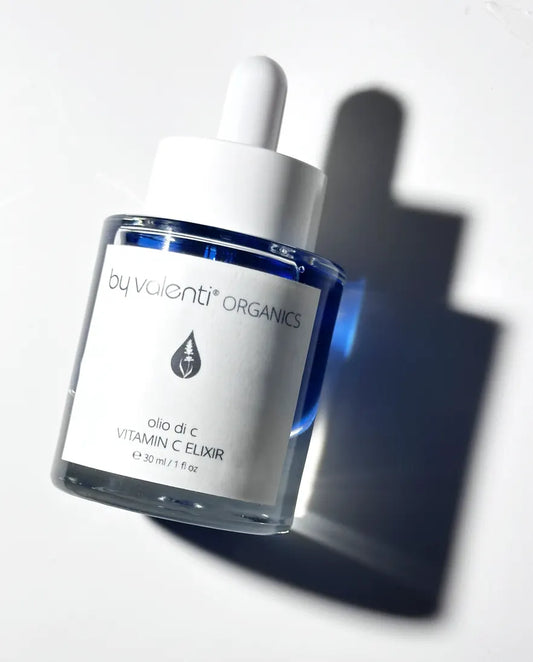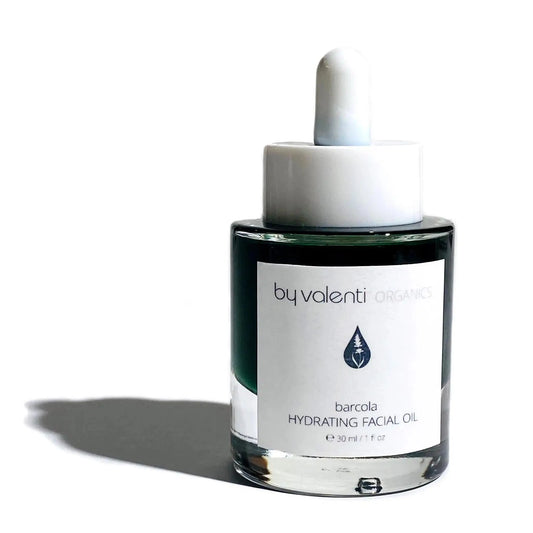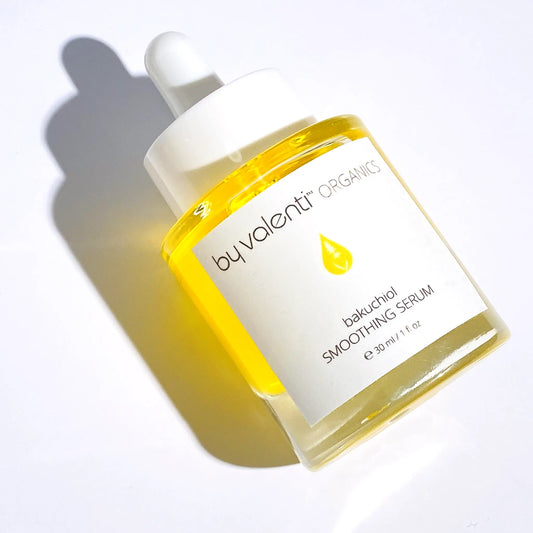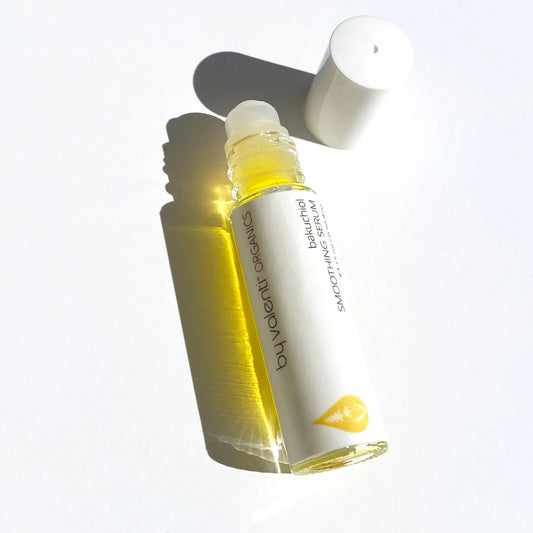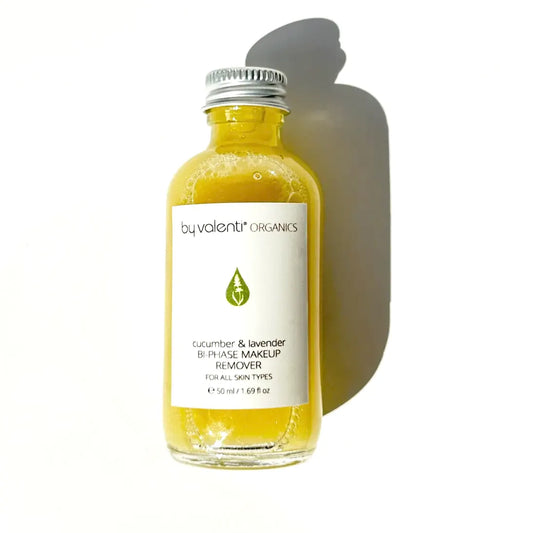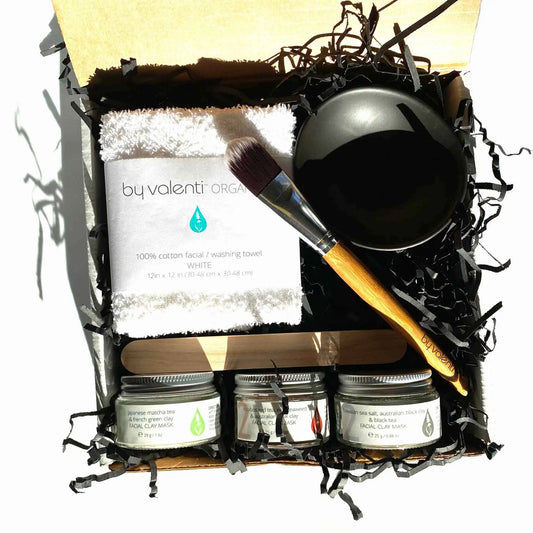Humans are visual, tactile and olfactory beings before anything else. We asses the world that surrounds us based on what we see, smell and even touch, so we tend to be attracted to, select or favor, things that are vibrant in color, that smell good and that have a texture we like or that at least we can tolerate. And that applies to everything, from foods to clothing, all the way to soaps and shampoos, and absolutely everything in between.
When it comes to the products we use in our grooming routines, it's well documented what we might like or favor, isn't necessarily safe nor good for us. Synthetic fragrances can present some very pleasant aromas, and yet be absolutely detrimental to our well-being and the planet. Synthetic colorants including dyes and mineral pigments follow closely behind.
When I started my journey of discovering the root of my chronic dermatitis 16-17 years ago, there were many of those pleasant ingredients to look at and smell, that were immediately taken off the list of ingredients I would use to formulate our now well known and respected soaps. Those ingredients were on the top of the list for ruining, and permanently scarring my skin, as they gave me some of the most persistent and pernicious skin reactions.
As a visual artist, color is my thing and has always been. My paintings are filled with color. But when it comes to our products especially our natural soaps, lotions and body oils, color comes from the natural ingredients contained in the formula. Mineral pigments and most definitely dyes are out for good.
Mineral Pigments and Dermatitis
Mineral pigments and dyes, normally used to impart a rainbow of vibrant colors in bath and body products, are generally tolerated by most, yet have been found to be allergenic in individuals with sensitive skin, especially those suffering from dermatitis, including eczema.
Dermatitis can manifest in a delayed-type allergic response, meaning the allergen might not create an immediate reaction, but a delayed one weeks, months and even years after, causing the individual and the healthcare provider to miss the actual culprit almost entirely.
Dermatitis reactions, which are generally presented as severe itching, discomfort, serum oozing, lacerations and scarring, reduces the quality of life of the individual suffering it.
Allergic reactions to some colors in tattoos were the main focus of various studies in resent years. "In a review of 405 patients with 493 tattoo reactions treated at the Bispebjerg University Hospital, Department of Dermatology, the “Tattoo Clinic” in Copenhagen, chronic allergic reactions were predominant and found in 37% of all reactions. This was confirmed in a study of 101 patients reported by the “Tattoo Clinic” in Amsterdam using the same diagnostic classification system." (1)
Both mineral and organic pigments (lakes, dyes and the like), may contain a number of chemicals and metals that can be sensitizers. Even though not intentionally added, but part of the colorant itself, the most common are nickel (Ni) and cobalt (Co). (2)
Mica, a scaly mineral added to mineral pigments to make them shine and sparkle, has also been found to be the cause of mild to severe allergic reactions when added to cosmetics, even soaps. (3, 4)
Dermatitis cannot be cured, but flares can be prevented by avoiding the products, and ingredients that trigger them.
Avoid soaps, lotions and other bath and cosmetic products formulated with mineral pigments, mica and dyes. As beautifully colored and enticing these products can be, rainbow bath bombs, cute colorful soaps and pretty body scrubs, even the allegedly "natural" and "homemade" ones, they pack a punch and will wreak havoc on your sensitive and dermatitis skin.
Test before you commit. Testing a new product before using it on your face or body can prevent disastrous and irreversible results. I recently learned this the hard way, after washing just my hands with a black clay soap I had wanting to try. The soap according to the manufacturer is recommended for people with perioral (mouth area) dermatitis. It only took washing my hands once for the most violent skin reaction to appear leaving me unable to use my hands for an entire week, whilst adding a new set of brand new scars to my collection. I would have suffered greatly had I used it on my face, instead of my hands.
Have you had an allergic reaction to colored soaps? Let us know in the comments below.
References
4. FOCUS ON: COLOR COSMETICS AND CONTACT DERMATITIS, Dermatologist, Published March, 2019. https://www.hmpgloballearningnetwork.com/site/thederm/site/cathlab/event/focus-on-color-cosmetics-and-contact-dermatitis




